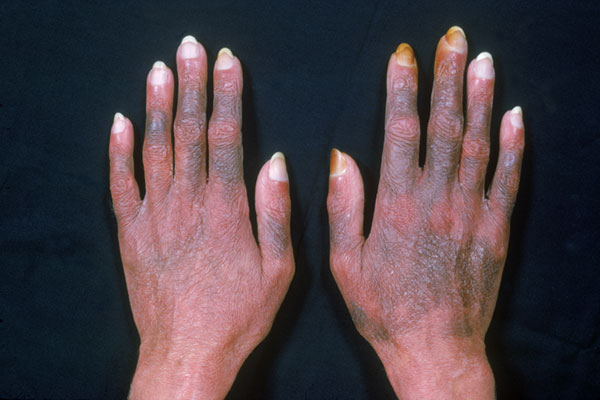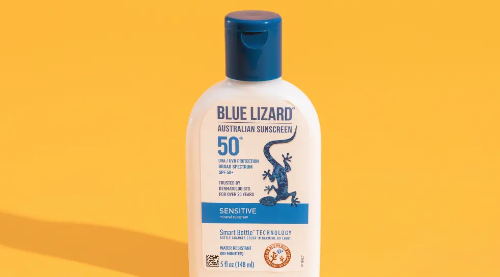The fight against cancer encompasses more than the immediate disease; it’s a battle on multiple fronts. Beyond the malignant cells lies another challenge often left in the shadows: dermatologic implications of cancer treatments. The profound connection between oncology and dermatology has led many experts, including Dr. Jonathan Leventhal director of the Onco-Dermatology Program at Smilow Cancer Hospital at Yale New Haven, to delve deep into the matter, advocating for a comprehensive patient care approach.
While celebrating advancements in cancer therapies, including checkpoint inhibitors and targeted treatments, we often overlook the dermatologic aftermath. “Cancer therapies, while life-saving, can usher in an array of skin, hair, and nail complications,” says Dr. Leventhal. The spectrum of these complications is vast. From hand-foot syndrome witnessed in breast cancer patients undergoing chemotherapy to more elusive rashes linked to newer therapies such as PD-1 inhibitors, the dermatologic landscape in oncology patients is ever-evolving. Every drug comes with its unique set of side effects. Targeted therapies, especially EGFR inhibitors, often culminate in skin eruptions. The challenge lies not just in treatment but in discerning whether a rash is a result of the therapy or an unrelated occurrence. Awareness is pivotal. Knowing which treatments can cause which reactions makes a significant difference. It’s not just about recognizing these side effects but also about managing them. Prophylactic measures, such as introducing moisturizers and gentle skincare routines, can alleviate discomfort for many patients. Furthermore, research suggests that preemptive measures like topical steroids can mitigate radiation-induced dermatitis.
Diving Deeper into Risk Factors
Risk assessment is vital in determining which patients might develop severe dermatologic reactions. Underlying disorders, like eczema or autoimmune conditions, can influence the skin’s response to treatments. Dr. Leventhal sheds light on radiation dermatitis, “Several factors can heighten its severity. Skin folds, a higher BMI, smoking, or even certain connective tissue disorders can amplify the risks.”et, the mystery remains. A significant chunk of dermatologic reactions seems unpredictable, with no discernible patterns or clear risk factors. Dr. Leventhal notes, “While some patterns are evident, we’re still in the early stages of pinpointing exact triggers or foreseeing reactions.”
Holistic Care and The Future
As our conversation concluded on the Derm Club podcast, Dr. Leventhal emphasized the overarching need for a multidisciplinary approach. “It’s not just about treating the cancer. It’s about looking after the patient holistically. Their emotional well-being is just as crucial,” he said. He envisions a future where dermatologists, especially in cancer-focused academic centers, play an even more integrated role in patient care. As newer therapies emerge, understanding their dermatologic implications becomes paramount. Early intervention, patient education, and preventive measures are all integral to ensuring patients don’t bear an additional burden.
In our quest to defeat cancer, we must remember that the battle doesn’t end with shrinking tumors. The journey involves addressing all facets of a patient’s well-being, including their skin’s health. As the likes of Dr. Leventhal demonstrate, onco-dermatology is more than just a subspecialty; it’s a necessity.





